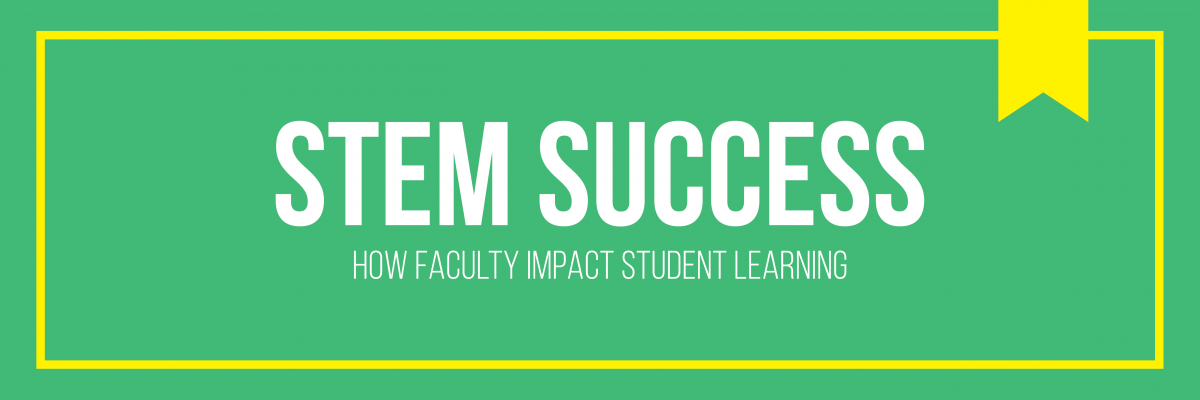1. Are your students at the associates or baccalaureate level?
Both of them
2. Do you use different teaching strategies for associate level students than for baccalaureate level students? Why or why not?
Usually, I don’t differentiate those levels during the teaching process, I track the student responses one to one to better understand their inclinations, strengths, and weaknesses.
3. What is metacognition and what concept from the chapter resonates with you and why? (identify the page number)
I think metacognition is a reflective approach to frame self-awareness, with a focus on the process of understanding knowledge, seeing from a broader range to understand it as a whole.
On Page 17 when a student submits something with enthusiasm and after reviewing it turn out to be not that good after all.
4. What are other factors that might influence student learning?
I often sense when the students are overwhelmed when they are given new information, that causes a sudden stop in the learning process. I feel the need to break that pattern when I see it because the learning process will be compromised otherwise.
5. How can metacognition help us towards our goal of increasing retention 5-10% starting in the fall?
Using the tools, and or creating a strategy to dissect the problems to identify why they have been assigned, behind this response usually transpires what they really need to learn.



